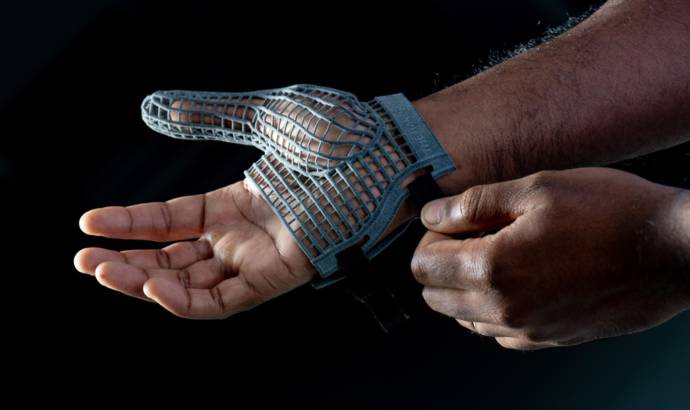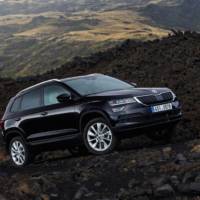The car manufacturers are constantly improving the working conditions in their factories. We recently saw Ford introducing a support for the body of those working in difficult positions. Now we see some special gloves from Jaguar.
Engineers from Jaguar Land Rover are working on the next generation of protective workplace clothing – a lightweight 3D-printed glove which could help better protect employees from the threat of a musculoskeletal disorder.
The 3D glove is designed for people working on the production line, for example those required to fit clips or fasteners into the chassis during assembly of Jaguar and Land Rover’s luxury vehicles.
Musculoskeletal disorders, which include more than 100 different types of conditions, make up around 30 per cent of all workplace injuries that result in time off and account for a third of the money paid in compensation to employees. Musculoskeletal disorders affect an estimated 10% of the global population, rising to as much as 40% in certain industries.
Following feedback from trials, the team is now working on a second-generation prototype. It will include a foam pad made using impact additive D30 – a polymer material which absorbs impacts when placed under pressure. This will make the glove suitable for those who fit parts, such as door casings, using the palm of the hand.
In the short term the gloves will support workers across Jaguar Land Rover’s facilities, helping to protect against musculoskeletal disorders. These form part of a wider future plan to deploy a range of technologies to assist those with muscle weakness or patients who suffer from physical or neurological disorders – helping employees return to work.
The Jaguar Land Rover Additive Manufacturing Centre produces over 80,000 parts a year for a variety of applications, including functional prototyping, design mock-ups and manufacturing assembly aids and fixtures. Jaguar Land Rover is also able to 3D print parts for production cars with the Jaguar XE SV Project 8 one of the first vehicles to use them.



